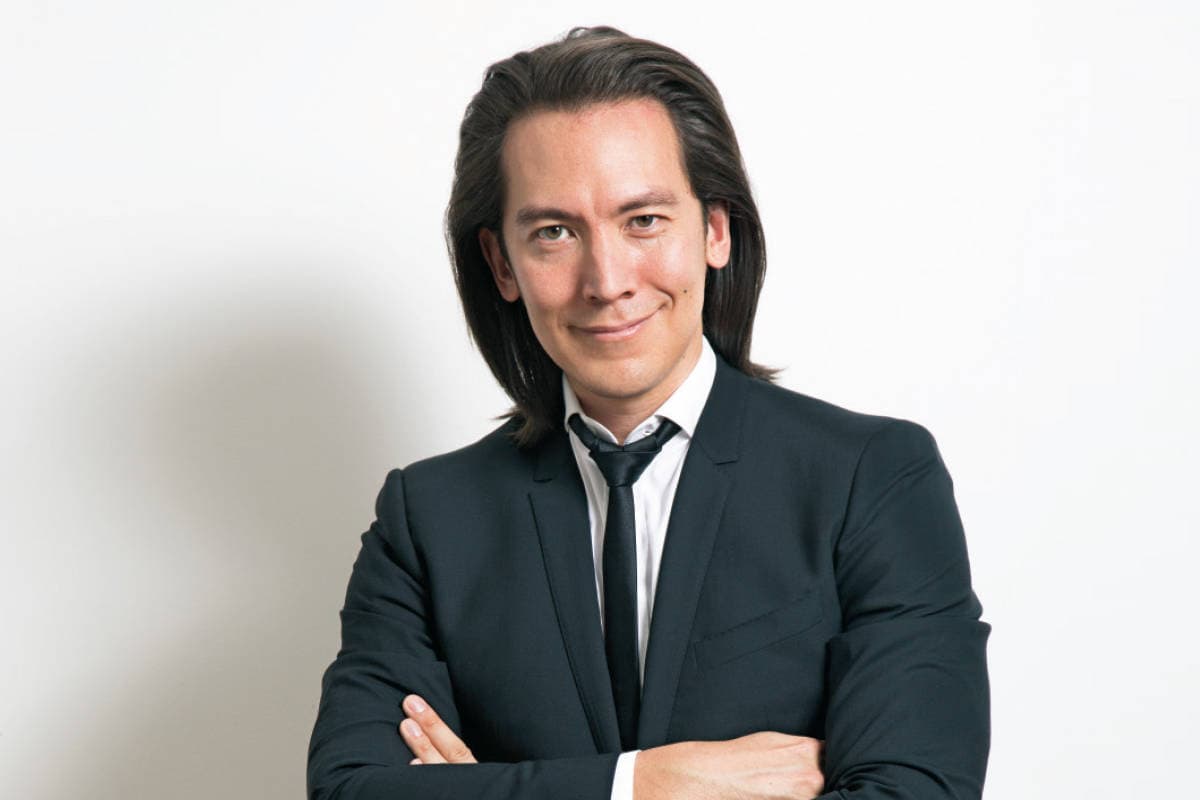
This article first appeared in Digital Edge, The Edge Malaysia Weekly on October 24, 2022 - October 30, 2022
The metaverse is a lot more than cartoon apes and virtual reality (VR) chat spaces. In fact, some of the most important applications will not even be consumer-focused, says Mike Walsh, CEO of Tomorrow, a global consultancy on designing companies for the 21st century. Instead, it will incorporate innovations in how people visualise and manipulate data in manufacturing, healthcare, training and industrial design, he says.
Part of the confusion lies in the fact that the term “metaverse” is being used very generally to describe any kind of 3D digital environment. There are not multiple metaverses, says Walsh, just like there are not many different internets or webs, but there is a single emerging metaverse, which will be a platform for entirely new kinds of experiences, applications and business models.
“Over the next few years, organisations will have an opportunity to redefine how their best people interact, collaborate, communicate and create value using metaverse native tools. Only part of this involves new interfaces that incorporate augmented or virtual reality,” he says.
“Just as important is the role of other metaverse-relevant technologies such as decentralised tools built using blockchain technologies, artificial intelligence (AI)-powered decision-making platforms and the rise of digital twins.”
Talent is already a serious problem and will continue to be as new capabilities and skills fail to keep pace with the speed of technological innovation, he says. Right now, there is a shortage of people with deep AI and blockchain programming abilities.
Eventually, there will be a call for creative and strategic talent that understands how to effectively leverage emerging algorithmic tools and decentralised workflows, whether it be designing effective prompts for text-to-image generators, building worlds in reality engines like Unity, or harnessing Web3 organisational models like decentralised autonomous organisations (DAOs), adds Walsh.
Just like any emerging disruptive innovation, the best strategy is always to start early and experiment, says Walsh, rather than wait until the technology has become so mature that it is simply common practice.
“The biggest risk for any traditional organisation or manager is that by waiting too long, entirely new competitors and thought leaders will emerge that will diminish your capacity to act impactfully in the future,” he says.
“Essentially, if there is a clear road map or plan available for the metaverse and Web3 technologies, it is already too late. Forward-thinking organisations are already asking themselves how disruptive technologies of all kinds can help them reimagine their relationships and value delivery models for their customers, their employees and their communities.
“That doesn’t mean you have to allocate 50% of your IT budget next year to exploring these new avenues, but it does mean that you can’t simply sit on the sidelines for a standard practice to emerge.”
He adds that the biggest change, which was already well underway long before the metaverse became a major talking point, was the impact of AI, automation and algorithms on the way 21st century companies create value and compete.
“We are still in the digital transformation phase, where many traditional organisations are attempting to redesign their operations and strategy for this new world. The challenge now is not just upgrading our systems, but also upgrading our leadership and mental models as well.”
Probably one of the most significant impacts of the rise of the metaverse is the blurring of the real and the virtual, such that every object in the physical world becomes rich with data and defined by connectivity.
Whether it be a robot working on a factory production line, an item of clothing in a store or a person you meet at a conference, Walsh says we will become used to being able to “double click” on things in our field of view, and not only obtaining more information on them, but incorporating them into a new digital workflow.
“For thousands of years, people have had a complex relationship with their tools. We often fear the technologies that we create and their power to impact the stability of our societies, the nature of what we call ‘work’, and even the risks to our mental and physical health,” he says.
“But, whether it be the industrial revolution or the digital revolution, after a period of turbulent transition, we generally find an appropriate balance. That is, more than anything, one of the defining stories of what it is to be human.”
Walsh was one of the keynote speakers at the International Directors Summit 2022. The summit shared emerging trends and threats relevant to boards and organisations, while reiterating the urgency for boards to embrace new thinking amid the rapidly evolving business environment.
Save by subscribing to us for your print and/or digital copy.
P/S: The Edge is also available on Apple's App Store and Android's Google Play.